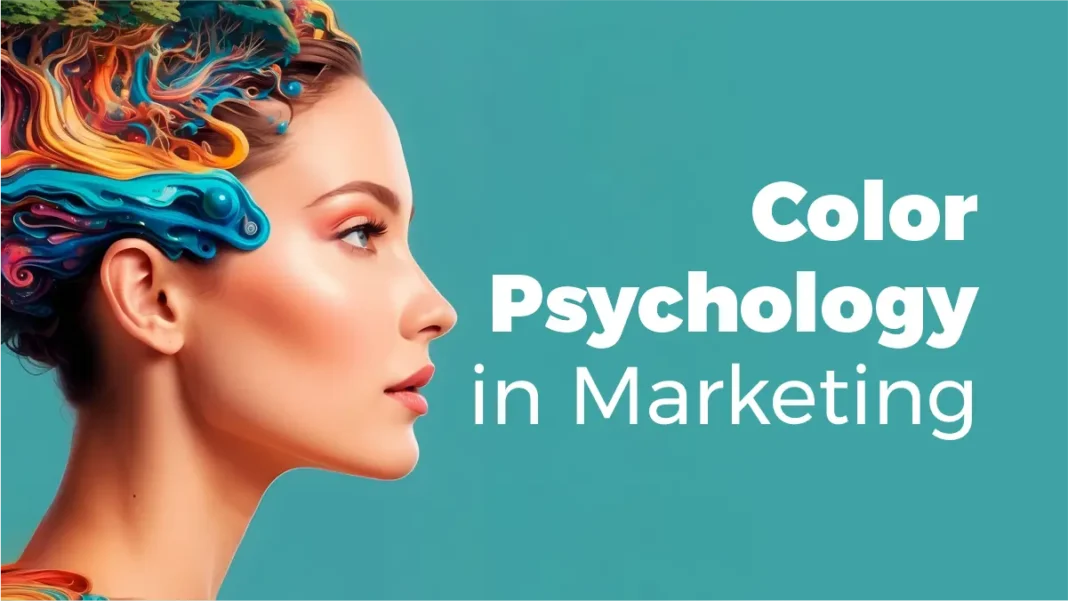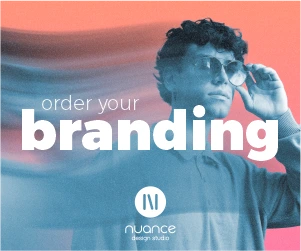Color psychology in marketing is more than just picking pretty shades for your brand palette-it’s a strategic tool deeply rooted in behavioral science. In fact, the first impression of a product is up to 90% based on color alone, according to a 2024 report from the International Journal of Marketing Trends. But while color impacts perception, context makes all the difference in how audiences respond.
Understanding the interplay between color and marketing requires diving into cultural associations, emotional triggers, and the situational context in which colors are used. From logos to product packaging to call-to-action buttons, marketers must balance art and science to make colors truly work for them.
The Science Behind Color Psychology in Marketing
Color psychology explores how hues influence human emotions and decision-making. In marketing, this translates into choosing colors that drive conversions, communicate brand values, and differentiate in crowded marketplaces.
Recent research from the American Psychological Association (2025) emphasizes that colors activate specific neural responses. For instance, red increases heart rate and creates urgency-which is why it’s often used in clearance sales. Blue, on the other hand, fosters trust and is common among financial institutions.
A 2024 study published in Psychology & Marketing found that color increases brand recognition by up to 80%. But it’s not just the hue-brightness, saturation, and combinations matter too. For example, pastel pink may evoke calmness, while neon pink feels bold and energetic.
“Color doesn’t just reflect your brand’s identity; it shapes how customers feel about you,” says Dr. Elena Moore, a behavioral psychologist specializing in marketing.
Contextual Color Associations: Why One Shade Doesn’t Fit All
While red may symbolize danger or love in Western cultures, it stands for luck and prosperity in Eastern ones. The effectiveness of color choices varies based on demographic, industry, and channel.
Take green, for example. In eco-friendly product marketing, green signifies sustainability. In financial contexts, it suggests wealth. Yet in fashion, green might evoke envy or boldness depending on its tone.
Context also includes digital versus physical media. A bright orange CTA button might perform well on a website but look garish on print material. Similarly, a deep navy blue may instill professionalism on LinkedIn but feel outdated on a youth-targeted mobile app.
According to Nielsen Norman Group (2025), contextual relevance increases visual engagement by up to 35% when color choices align with platform expectations.
Color Psychology and Brand Identity: Building Recognition Through Hue
Your brand colors are more than design decisions; they are emotional shorthand. Consumers form lasting impressions based on color associations alone.
Consider the role of consistent color use. According to a 2024 report by Adobe Creative Insights, brands that maintain color consistency across platforms enjoy 3.5 times more brand visibility. Think Coca-Cola red, Tiffany blue, or McDonald’s yellow-these hues aren’t arbitrary.
Brand archetypes also guide color psychology in marketing. For instance:
- The Hero (Nike, FedEx): Uses bold reds and blacks to symbolize strength and reliability.
- The Caregiver (Johnson & Johnson): Leverages soft blues and whites for trust and calm.
- The Explorer (The North Face): Utilizes earthy tones to represent adventure and resilience.
“Color has the power to distill a brand’s essence into a single visual cue,” notes brand strategist Marcus Yuen of Chromatic Strategy Group.
Conversion Optimization: How Color Drives Consumer Action
Color choices don’t just affect branding; they impact user behavior at every step of the sales funnel. Whether it’s selecting the right color for a “Buy Now” button or designing product packaging, small shifts can lead to measurable results.
HubSpot’s 2025 A/B test found that red CTA buttons outperformed green ones by 21% in ecommerce conversion rates-but only when urgency was contextually appropriate (e.g., limited-time offers). When promoting eco-friendly products, the green buttons won by 17%.
Key takeaways from the 2024 ConversionXL study:
- Contrasting colors increase click-through rates by 15-30%.
- Brightness consistency across design elements improves perceived professionalism.
- Overuse of high-stimulation colors (like red and yellow) can reduce dwell time by 18%.
Marketers should A/B test color combinations and analyze performance metrics to ensure their choices are not only aesthetically pleasing but functionally effective.
Emotional Impact of Color in Advertising Campaigns
The emotional resonance of color helps shape narratives and foster consumer connection. Emotional marketing is 52% more effective than purely rational messaging, according to 2025 research from the Journal of Consumer Psychology.
Colors evoke:
- Excitement: Red, orange, magenta
- Trust: Blue, teal, gray
- Luxury: Black, gold, deep purple
- Freshness: Green, turquoise, white
Seasonal campaigns often rely on emotional cues through color: warm reds and greens dominate winter holidays, while pastels rule springtime launches.
Additionally, storytelling ads benefit from consistent color grading and mood alignment. Think of Apple’s black-and-white nostalgic ads contrasted with the vibrant, youthful tones of Spotify.
“The most memorable ads combine emotional storytelling with strategic color use,” says Amy Patel, Creative Director at Prism Digital.
People Also Asked (FAQ)
How does color psychology affect marketing?
It influences how consumers perceive brands, decide on purchases, and engage with content. Color choices can increase brand recognition and conversion rates when used in the right context.
What are the best colors for marketing?
It depends on your audience, brand, and goals. Blue is ideal for trust, red for urgency, and green for sustainability. Testing and context matter.
Does color really influence buying decisions?
Yes. Studies show up to 90% of first impressions rely on color, and color increases brand recognition by 80%.
What role does culture play in color psychology?
Cultural background shapes color interpretations. For example, white means purity in the U.S. but mourning in parts of Asia.
Conclusion: Contextual Color Strategy Is the Future
In the evolving world of marketing, using color psychology effectively is no longer about picking what “looks good.” It’s about understanding audience psychology, cultural nuances, and contextual dynamics.
When paired with data-driven design and emotional storytelling, color becomes a powerful driver of engagement, loyalty, and sales.
“A color is not a universal trigger-its power lies in how and where it’s used,” concludes Dr. Elena Moore. “That’s where strategy meets science.”
Sources Cited:
- International Journal of Marketing Trends (2024)
- American Psychological Association (2025)
- Psychology & Marketing (2024)
- Nielsen Norman Group (2025)
- Adobe Creative Insights (2024)
- HubSpot A/B Test Report (2025)
- ConversionXL Research (2024)
- Journal of Consumer Psychology (2025)


